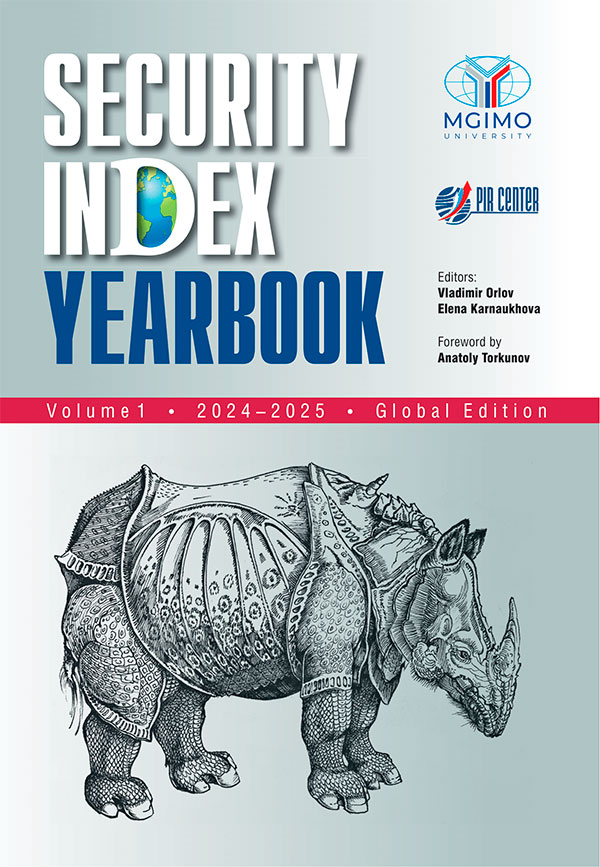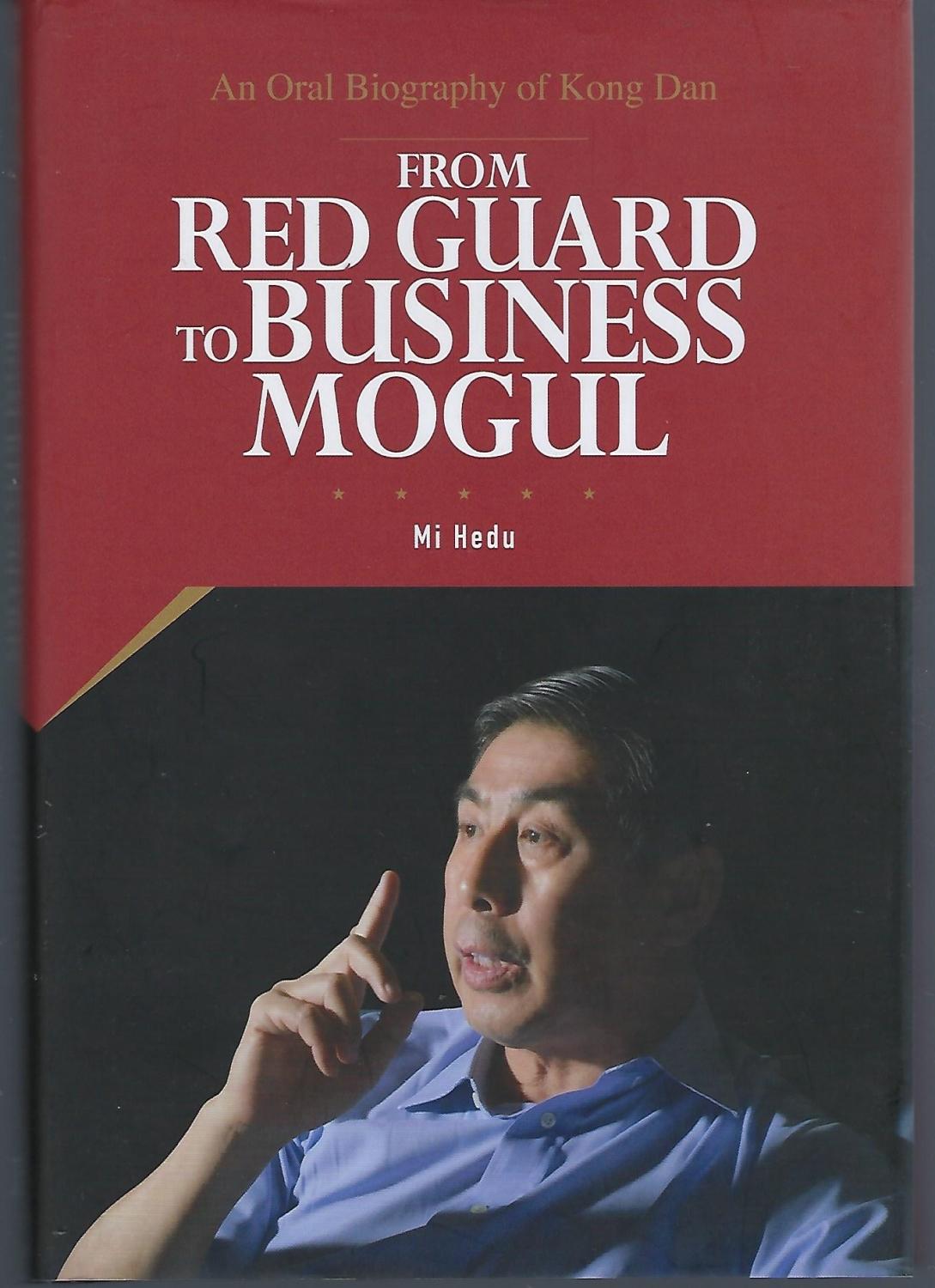... risky to consider the bedevilling issues stemming from Chinese imperviousness to strident Indian criticism over the sovereignty contravening China-Pakistan Economic Corridor (CPEC) component within the Belt and Road Initiative (BRI). The Chinese refusal to allow Indian candidature of NSG membership decoupled from that of Pakistan, that is viewed and regarded as deeply and qualitatively odious, by the latter, and the nature and tenor of Chinese investments across South Asia, which has India spooked on dimensions ...
Interview with Dattesh Parulekar, Assistant Professor, Centre for Latin American & International Studies, Goa University
How do Indian experts see the role of BRICS in world politics and what do they think about current relations between Russia and India?
Dattesh Parulekar
, Assistant Professor, Centre for Latin American & International Studies, Goa University and Vice President,...
... now traditional sessions held with BRICS countries. In addition, a meeting was also held between the heads of state of Russia, India and China (in the RIC format). Objectively, this format could be the most efficient, since interaction between Eurasia’s ... ... between Vladimir Putin and Donald Trump, who only had time to exchange opinions on the “Kerch Strait incident.” Trump’s refusal to meet with the President of the Russian Federation means a further loss of confidence between the two countries.
On the ...
The United States is committed to depriving Russia of its access to the Indian market and is prepared to toughen the sanctions regime to achieve this if such actions are needed
Before the United States introduced sanctions against the Russian defence sector, military-technical cooperation between Moscow and New Delhi had ...
On the potential impact of American sanctions on the Russia – India Arms Trade
The first part of this article has demonstrated that India and Russian enjoy a close military relationship. India makes use of Russian material in all the branches of its armed forces. The material used ranges from munition to vehicles ...
On the potential impact of American sanctions on the Russia – India Arms Trade
The Russian Federation is the second largest supplier of weapons globally. In 2016, 21% of global arms sales were Russian. Between 2000 and 2016 Russia accounted for on average
25% of global exports
. During that period 30% of exports ...
... for India will make it possible for New Delhi to continue to receive an endless supply of “carrots” from Washington unless India has additional insurance and an alternative counterbalance.
For Russia, the current situation is interesting in that now ... ... inclusive multilateral trading system” to barbs intended for the President of the United States on specific issues, such as the refusal to approve new members of the Appellate Body of the World Trade Organization. The already “mature” BRICS format entails ...
... resources to South Asia. African, Southeast Asian and Australian suppliers also have a minor presence in the region. Until recently, the regional gas market was considered to be fairly stable and predictable; in some segments, such as LNG supplies to India, the marketplace was effectively monopolized by Qatar.
Qatar
RIAC and Gateway House Report “Russia – India Energy Cooperation: Trade, Joint Projects, and New Areas”
Qatar is the unconditional leader in gas supplies to South Asia. In 2004,...
... fruits, and there is a move forward. They would genuinely look for peace, as Seoul is within reach of conventional weapons of North Korea.
— Russian may have to wait for clarifications on THAAD deployment, a concern they have been airing earlier.
— India will welcome a peaceful Korean Peninsula, but would be keen on some control on North Korea on alleged proliferation of missile technology to Pakistan.
It remains to be seen as to what the future has for Korean Peninsula, but it was interesting to ...
Washington consensus 2.0 / China–India Axis / Multipolar balance of power / New bipolarity
A few months ago, the author wrote an
article
for the RIAC website ... ... for the region, Asia remains a far greater, far more complex, and far more fragmented continent than Europe. There are no thousands of years of common history, no clearly dominant religion, no apparent analogue to “European values.” Multilateral institutions ...



